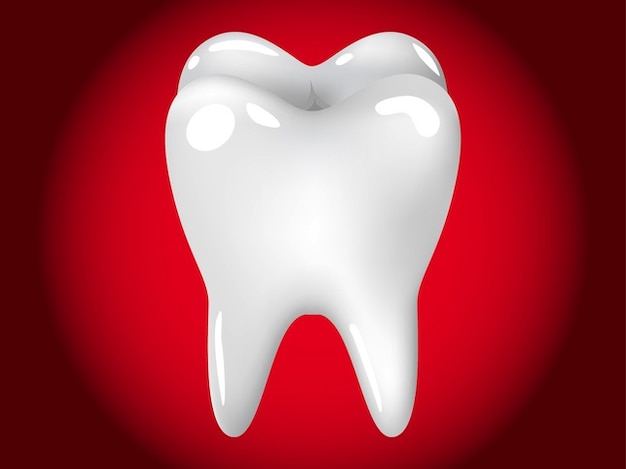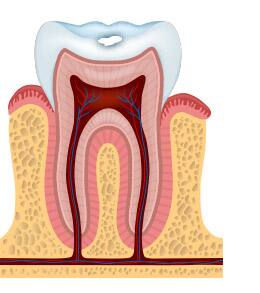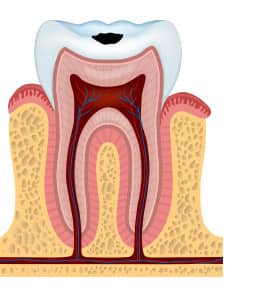
Before we talk about the tooth decay’s process, it is worth
mentioning what a healthy tooth is and how it looks like. A healthy tooth
usually has all three parts (i.e. enamel, dentin and pulp) in healthy
condition. Enamel is the outer layer which is in crystal-like form. Dentin is
the second layer located beneath the cover of tooth enamel. And the third
portion, pulp, is a composition of nerves and vessels which bring life to the
tooth.
White spots

The process of tooth decay starts with the white spots.
These white spots usually develop due to bacterial action on carbohydrates and
sugars. This action results in the production of acids. This acid reacts with
the crystal-like form of the tooth enamel. The process is known as
demineralization. The white spot appears with a chalky white color. The process
of decay can be reversed at this stage with the help of fluoride treatment
which you can get at both the home and the dental office.
Enamel Decay

If the white spots are left untreated, the condition can
lead to further demineralization of tooth enamel. It can lead to broken surface
of tooth enamel. At this stage, the tooth cannot repair itself. Only a dentist
would be able clean and restore the cavity.
Dentin decay

When tooth decay spreads and reaches the dentin, it starts
infecting the dentin as well. Dentin is the softer part of the tooth so it cannot
put the real resistance in a way enamel can.
Infection in pulp
As mentioned above, tooth pulp is the living part of the
tooth because it contains nerves and vessels which keep supplying the tooth the
blood to keep the immune and sensory system alive. Any infection in this part
of the tooth usually results in sudden pain as infection creates irritation in
the nervous system in that area. If this infection is left untreated, the
infection can travel to the root of the tooth. At this point, this infection
can do the damages like infected tooth root and tooth abscess. Your dentist may
even consider removing your tooth.
The best thing that you can do is the prevention of tooth
decay rather than letting it reach the level at which treatment becomes the
only option. For this purpose, at home dental care is absolutely important but
you shouldn’t also miss your dental appointments. This is to ensure that your dentist could identify any problem before it even gets active.
